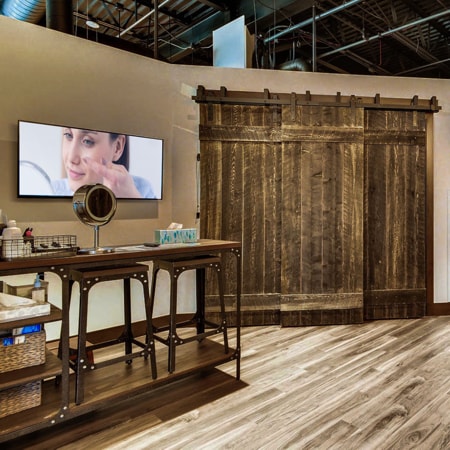Open-Angle Glaucoma
Open-angle glaucoma reduces your peripheral vision, usually without other symptoms. This is the most common type of glaucoma.
Acute Angle-Closure Glaucoma
Acute angle-closure glaucoma, also called “narrow-angle glaucoma” or “closed-angle glaucoma,” produces sudden symptoms (eye pain, headaches, vision loss, nausea, vomiting). These symptoms are a medical emergency. Please see us immediately if you are experiencing them.
Normal-Tension Glaucoma
Normal-tension glaucoma, also known as “low-tension” or “low-pressure” glaucoma, is a type of glaucoma that occurs despite normal eye pressure. Its cause is not currently known.
Pigmentary Glaucoma
Pigmentary glaucoma is a rare form of glaucoma. It occurs when the drainage angle in your eye becomes clogged by pigment detached from the iris. Your body generally induces an inflammatory response, blocking the drainage system.
Congenital Glaucoma
80% of congenital glaucoma cases are diagnosed by age 1. Present since birth, congenital glaucoma is the result of some defect within the eye drainage system.
















